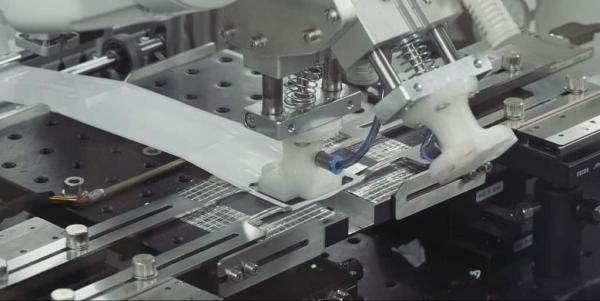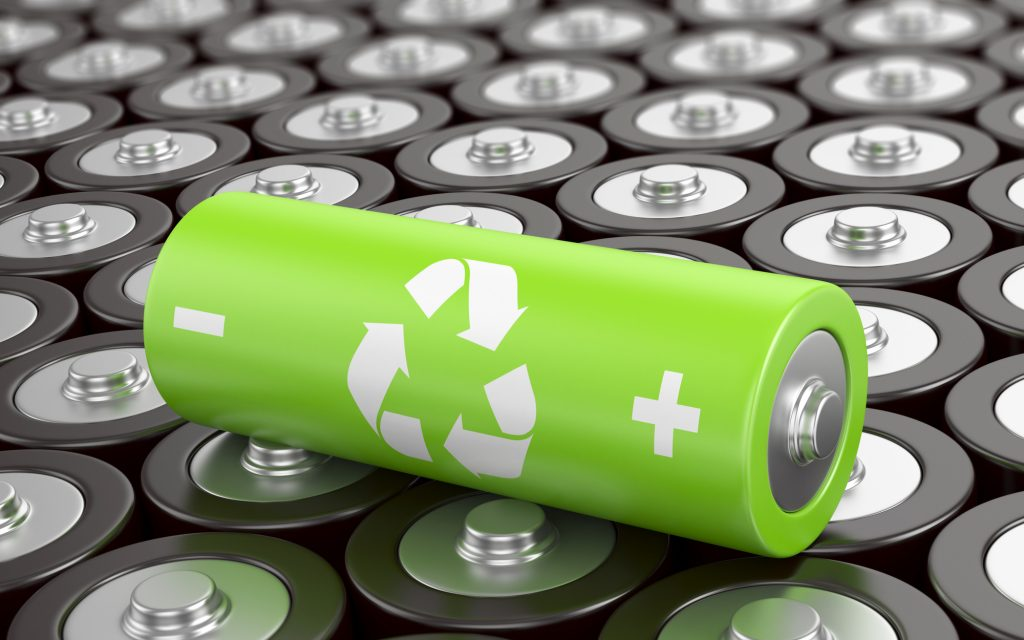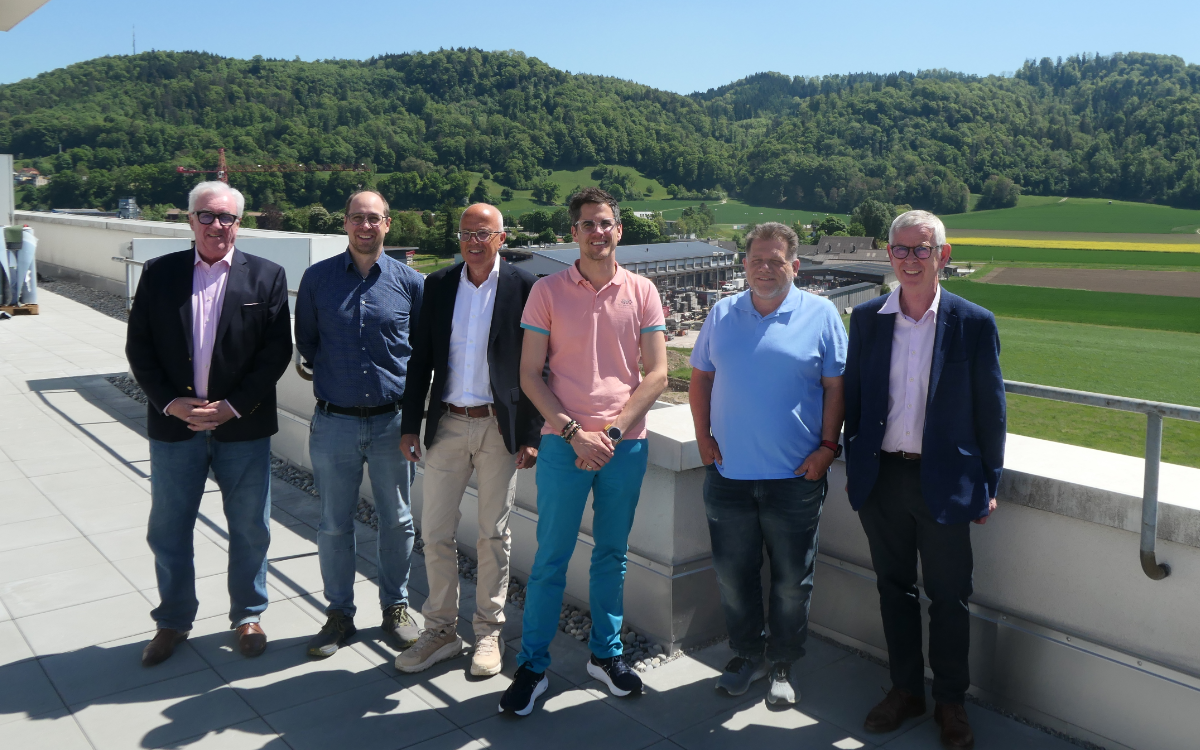Scientists from Australia’s Deakin University have developed an electrolyte that boosts the performance capabilities of a prototype lithium-metal cell.
The team from the university’s Institute for Frontier Materials (IFM) has created a 1Ah lithium metal pouch cell prototype using ionic liquid electrolytes.
IFM Research Fellow Dr Robert Kerr said he believed the demonstration was an important milestone in the battery world, adding the benchmark level was a “stepping stone” on the way to 1.7Ah cells.
Ionic liquids are non-volatile and resistant to catching fire, and negate the need for battery cooling systems because they perform better when heated up.
The team’s research efforts also found the electrolyte allowed the “outstanding ability” to cycle energy-dense lithium metal electrodes.
The breakthrough is the culmination of more than 10 years of work by IFM electromaterials experts led by professors Maria Forsyth and Patrick Howlett.
Kerr worked on translating the materials into real devices. He said: “By changing the materials that go into the batteries, we can change a number of key features.
“For example, if we change the electrodes to include lithium metal we can increase the storage capacity for up to 50% longer run-times. When we change the electrolyte, it can give a higher discharge rate or allow the battery to operate at much higher temperatures – but the electrolyte must be compatible when in contact with the reactive lithium-metal electrode.
“By choosing the right electrolyte chemistry we can completely avoid the catastrophic explosions caused by ignition of the volatile electrolyte when the cell is damaged or overcharged.
“The use of lithium-metal electrodes in lithium-metal batteries isn’t common in the battery industry, so there’s little known about the best way to manufacture these cells at practical levels for demonstration.”
Last week, BEST reported how a Washington State University research team had developed a lithium-metal battery that overcomes traditional concerns of safety by eliminating dendritic growth.












